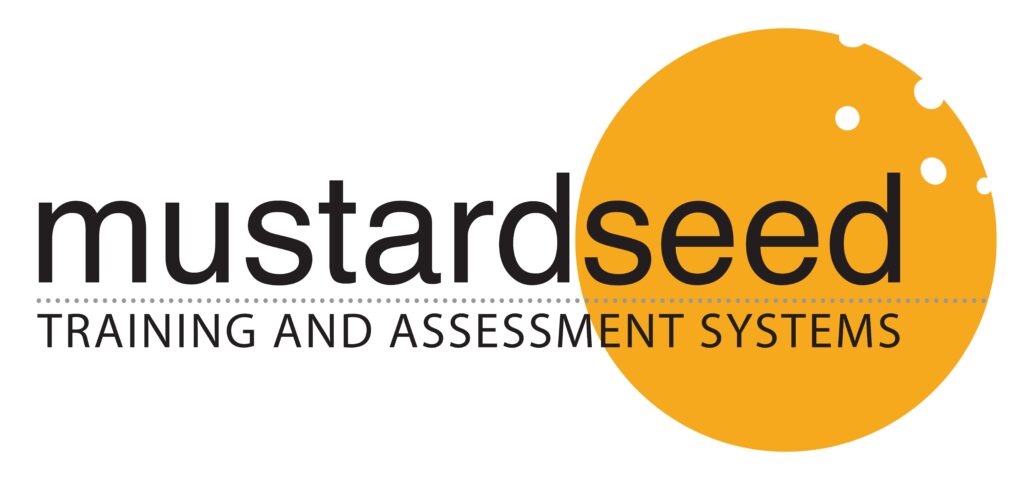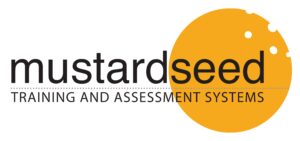Maximizing training ROI in Leadership Development Program: A Strategic Guide
– A Blog
Investing in a leadership development program is a significant decision for any organization. Ensuring a maximum return on investment (training ROI) requires careful planning, collaboration, and a strategic approach. Here’s how you can achieve it and maximize training ROI.
Selecting the Right Training Partner
The first step in maximizing your leadership development program's ROI is choosing a reliable training partner. This decision shouldn't be influenced by flashy social media profiles or numerous awards alone. Instead, focus on the following aspects:
- Body of Work: Review their previous projects and case studies. Understanding their past work will give you insights into their expertise and the impact they have made on other organizations.
- Testimonials: Look for reviews and feedback from their past clients. Positive testimonials can provide reassurance of their capability and reliability. Seek out detailed testimonials that discuss not just the immediate reaction to the training but also the business impact and changes observed, contributing to improved training ROI.
- Approach and Methodology: Ensure their training approach aligns with your organization’s culture and learning preferences. Their methodology should be practical, interactive, and tailored to meet your specific needs. Inquire about their instructional design principles, and the balance between theory and practical application, as these aspects directly affect the overall training ROI.
- Training Philosophy: Understand their core beliefs about leadership and training. Their philosophy should resonate with your organizational values and goals to ensure the maximum training ROI.
Take your time to research and understand the training partner’s strengths and weaknesses thoroughly. Only after comprehensive evaluation should you proceed with entrusting them with your people for larger training mandates, , ensuring a stronger training ROI.
Collaboration and Contextual Understanding
Once you've selected a training partner, the next critical step is to work closely with them to ensure the leadership development program is tailored to your organization’s specific needs. Here’s how to collaborate effectively:
- Provide a Detailed Understanding of Your Organization’s Context: Share information about your organizational structure, culture, and current leadership dynamics. This context helps the training partner design a relevant and impactful leadership development program. Include details about your company’s history, mission, vision, and strategic objectives.
- Share Expected Outcomes Aligned with Business Goals: Clearly communicate what you hope to achieve through the leadership development program. Align these outcomes with your broader business objectives to ensure the training has a direct impact on your organization’s success ultimately improving training ROI. Define specific, goals such as improved leadership competencies, enhanced team performance, or increased employee engagement.
- Discuss Expected Leadership Competencies and Gaps: Identify the key leadership skills and competencies you want to develop. Discuss any existing gaps in your leadership team that the leadership development program should address such as strategic thinking, decision-making, communication, and conflict resolution etc.
- Organize Pre-Training Conversations with a Representative Sample of Leaders: Facilitate meetings between the training partner and a representative sample of your leaders. These conversations provide firsthand insights into the challenges and opportunities within your leadership team, helping shape a program that maximizes training ROI. Use surveys, interviews, or focus groups to gather diverse perspectives and ensure the training content is relevant and engaging.
- Schedule a Call with the CEO and Training Partner: Arrange a discussion between your CEO and the training partner to gain insights into the leadership team’s strengths and weaknesses. The CEO’s perspective is crucial in shaping a leadership development program that aligns with top-level strategic goals, ensuring a higher training ROI. This conversation should cover the organization’s long-term vision, the role of leadership in achieving that vision, and any specific areas where the CEO sees room for improvement.
Planning for Post-Program Application
The success of a leadership development program is not just about the training itself, but also about how well the learned concepts are applied post-training. Here’s how to plan for effective post-program application:
- Create Opportunities for Applying Learned Concepts: Design practical, real-world scenarios where leaders can apply the skills and knowledge gained from the training. This could include project assignments, leadership roles, or cross-functional team initiatives. Consider job rotations, shadowing opportunities, and mentoring programs to reinforce learning.
- Establish an Accountability Framework: Develop a system to track and measure the application of new skills. Regular check-ins, performance reviews, and feedback sessions can help ensure leaders are integrating their learnings into their daily work. Use tools such as performance metrics, 360-degree feedback, and self-assessment surveys to monitor progress and identify areas for further development.
- Celebrate Successes and Facilitate Conversations Around Key Learnings: Recognize and celebrate when leaders successfully apply new skills. Share these successes across the organization to motivate others and reinforce the importance of the training. Facilitate ongoing conversations around key learnings to maintain focus and momentum. Host workshops, webinars, or informal discussion groups where leaders can share their experiences, challenges, and best practices.
Reinforcement Sessions
To maximize the impact of the leadership development program, insist on training partners who offer reinforcement sessions approximately 30 days post-program. These sessions are crucial for several reasons:
- Reconnection with Facilitators: Participants get the opportunity to reconnect with facilitators, reinforcing the concepts learned during the training. These sessions can provide additional insights, clarify any doubts, and ensure continuous engagement.
- Addressing Application-Related Questions: These sessions provide a platform for participants to discuss any challenges or questions they have encountered while applying the new skills in their roles. Facilitators can offer guidance, suggest alternative approaches, and share success stories from other organizations.
- Encouragement for Late Adopters: Some participants may not have started applying the learnings immediately. Reinforcement sessions can encourage and motivate these individuals to begin integrating the new skills into their work. Highlight the benefits of applying the learnings and offer practical tips for overcoming common obstacles.
Conclusion
Investing in a leadership development program requires careful consideration and strategic planning. By selecting the right training partner, collaborating effectively, planning for post-program application, and incorporating reinforcement sessions, you can significantly enhance the ROI of your leadership development initiatives. Remember, a good training partner is crucial, but it's equally important to work collaboratively and plan for long-term application and accountability. Let’s make the most of our leadership development program initiatives and drive business success through strong, effective leadership!
Want to know more? Let our consultants help you
Hit the ‘Click Here’ button to request for a call with us to plan an effective Leadership program and optimise the training ROI for your organisation.

